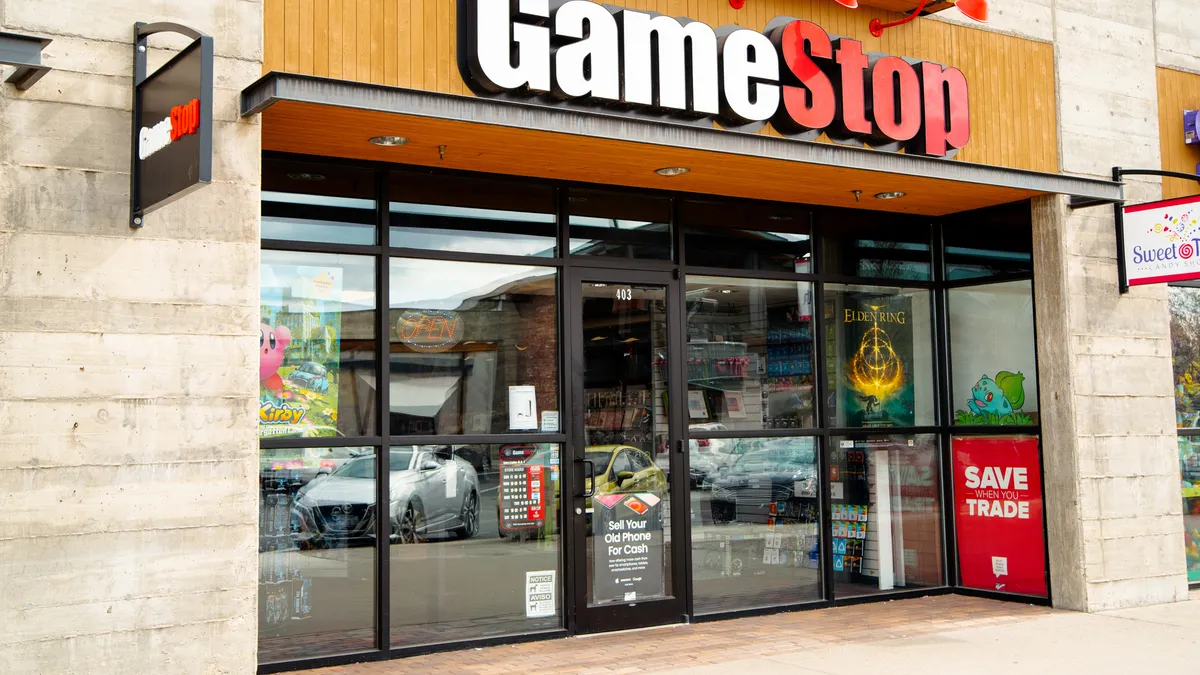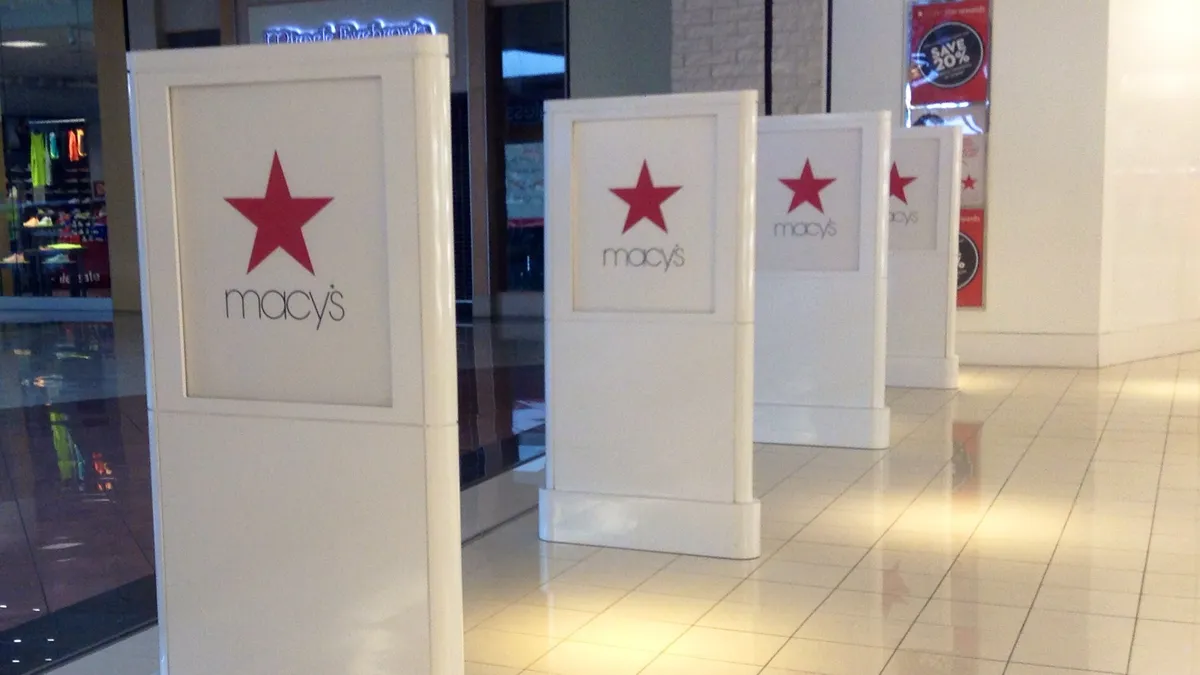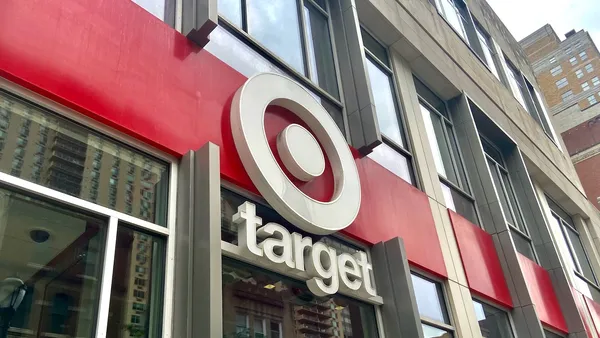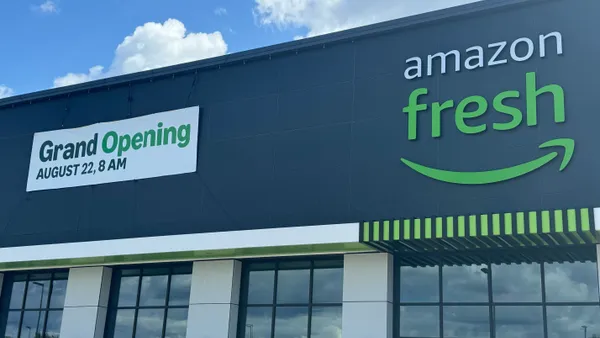Dive Brief:
- GameStop’s Q2 net sales fell 31.4% to $798 million, down from about $1.2 billion a year ago, the company said in a Tuesday earnings announcement. Gross profit for Q2 fell nearly 19% to about $249 million, down from $306 million a year ago.
- The retailer swung back to profitability, with net income of $14.8 million for Q2 versus a net loss of $2.8 million a year ago, but posted an operating loss of $22 million for the three months ended Aug. 3.
- As part of a store portfolio optimization review, GameStop said it is identifying stores for closure. That move “may result in the closure of a larger number of stores than we have closed in the past few years.”
Dive Insight:
Although GameStop turned a profit, second-quarter revenue missed Wedbush and consensus estimates, the firm said in a Wednesday note. Wedbush also called attention to the fact that GameStop made more than $3 billion through two recent share offerings.
“While we admire GameStop’s ability to manage operating losses, we think it would be just as reasonable for management to close all of its stores and operate as a bank,” said Wedbush analysts led by Michael Pachter. “GameStop announced accelerated store closures with its earnings, but with no replacement strategy in sight, management indirectly indicates that it is no longer beholden to shareholder interests.”
Additionally, the retailer faces several nearly “insurmountable” growth challenges, Pachter said. They include the gaming industry’s ongoing shift from physical to digital media; the growth of subscription services; declining hardware sales as streaming services rise; and “the company’s total lack of any strategy to enter new categories with growth potential.”
Year over year, GameStop’s Q2 revenue for hardware and accessories fell 24%, software revenue fell 48% and collectibles revenue declined 18%. The company did not hold an earnings call, directing shareholders instead to its press release and filings with the U.S. Securities and Exchange Commission.
Despite the challenges, “GameStop has many strengths and assets, including strong household brand recognition and a significant store network,” the company said in a 10-Q securities filing. To achieve its transformation goals, the retailer said it’s working to increase product availability across all channels, speed up fulfillment through ship-from-store offerings, and improve the customer service experience. The company also said it will continue to focus on containing costs, which should drive long-term reductions in selling, general and administrative expenses.
While the company did not offer earnings guidance, Wedbush lowered its outlook for the retailer, estimating that fiscal year 2024 revenue would reach $4.03 billion with earnings per share of 1 cent.
“We estimate that used hardware and software margins are at least 20 percentage points higher than on new product sales,” Wedbush’s analysts said. “This trend is likely to continue, but at the same time, GameStop committed to accelerating its store closures while secular trends are unlikely to shift in the near-term. As a result, we expect ongoing revenue declines in the coming years to result in decreasing profitability.”














